Updated: 14.4.25
When it comes to go-kart performance, most drivers think about engines, chassis, or aerodynamics. But there’s one crucial component often overlooked — the tyres.
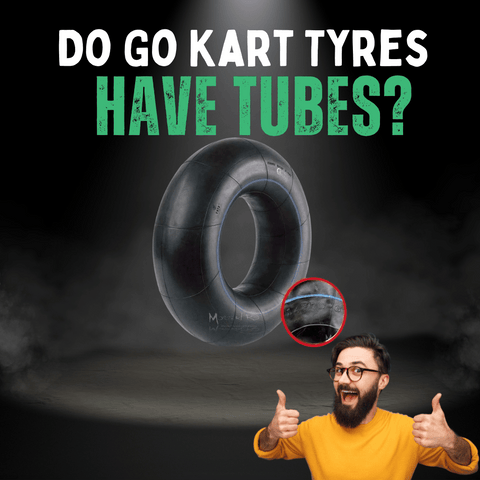
One of the most common questions we hear is: Do go-kart tyres have tubes? The answer: it depends.
Do Go-Kart Tyres Have Tubes?
Go-kart tyres can be either tubed or tubeless. The type you use depends largely on your kart's purpose — racing or off-road fun.
Tubeless tyres are typically used for racing due to their superior speed, balance, and lower rolling resistance. They’re also less prone to punctures. In contrast, tubed tyres are often found on off-road or rental karts because of their durability and flexibility on rough terrain.
Most go-kart tyres are inflated to 8–15 PSI (0.55–1.03 bar) for optimal performance. Racing tyres, especially slicks, come in soft, medium, or hard compounds to suit different conditions.
Learn more about how long go-kart tyres last to get the most out of your set.
Tubeless vs. Tubed: Pros and Cons
Tubeless Tyres
- ✅ Better balance and handling
- ✅ More resistant to punctures
- ✅ Lower engine load = more speed
- ❌ Can be harder to repair and mount
- ❌ Slightly more expensive
Tubed Tyres
- ✅ Great for off-road karts
- ✅ Flexible air pressure adjustment
- ✅ Lower cost
- ❌ Higher friction, risk of heat build-up
- ❌ Less optimal at high speed
Which Should You Choose?
Use tubeless tyres for track racing where speed, cornering, and efficiency are key.
Use tubed tyres for off-roading, bumpy tracks, or if you're prioritising cost and simplicity.
Performance Tips
Racing? Go Tubeless.
You'll enjoy smoother drives, fewer vibrations, and more responsive control — especially in dry conditions with slick tyres.
Going Off-Road? Stick to Tubed.
They’ll handle rougher terrain better and are easier to patch or replace if something goes wrong.
Tyre Maintenance
- Check sidewall stiffness and speed ratings
- Use sealants for tubeless punctures
- Patch or replace inner tubes when needed
Do Tyres Need to Match and Be Balanced?
Yes — mismatched or unbalanced tyres can throw off steering and increase wear. Learn more about this in our guide: Should Go-Kart Tyres Match and Be Well Balanced?
Conclusion
Both tubed and tubeless tyres have their place in the karting world. Your decision should come down to your kart type, driving style, and budget.
And yes — just like in Formula 1, warming up your tyres might help! Here’s why.
FAQs
How often should I replace my go-kart tyres?
For casual racers: every 3–4 weekends. Competitive racers: after every race day for peak performance.
Can I use car tyres on a go-kart?
No. Car tyres are too heavy and designed for different loads, speeds, and conditions.
Should go-kart tyres be balanced?
Yes. Balanced tyres give smoother rides, better grip, and more consistent lap times — essential for racing.
What’s the role of tyre tread?
Tread provides grip and affects wear. Slicks offer max grip in dry conditions; treaded tyres perform better in wet or off-road situations.
Additional Resources
- The Ultimate Resource on Go-Kart Tyres
- How Long Do Go-Kart Tyres Last?
- Are Slick Go-Kart Tyres Faster?


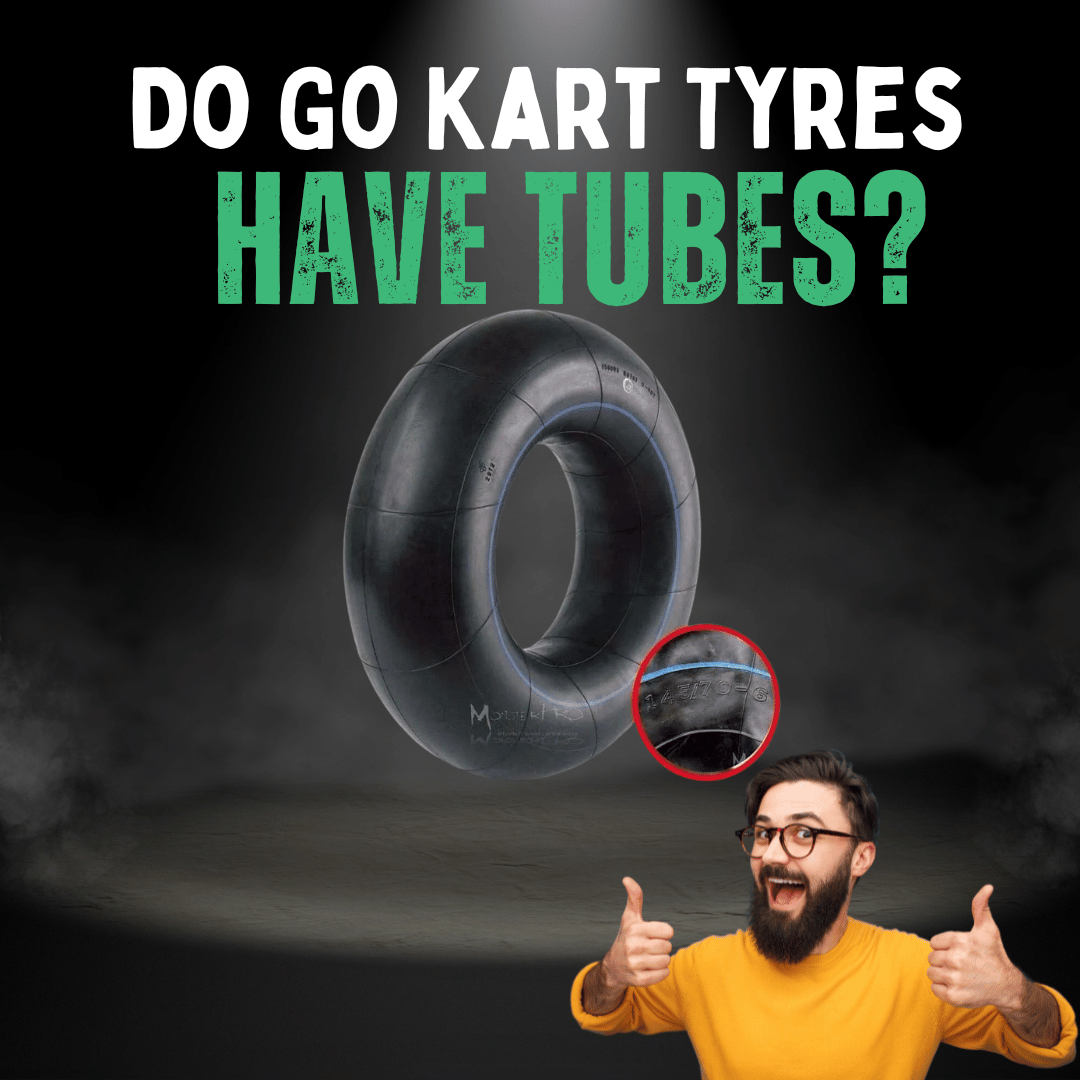

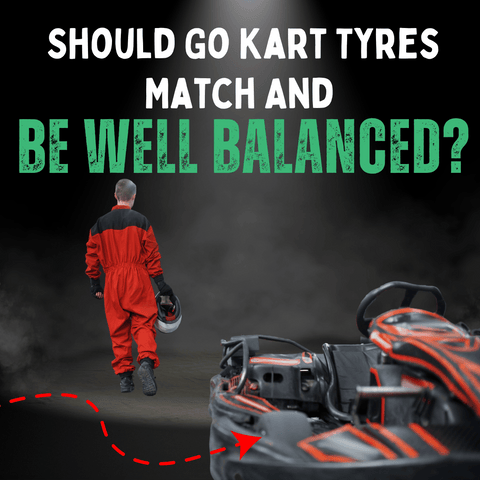
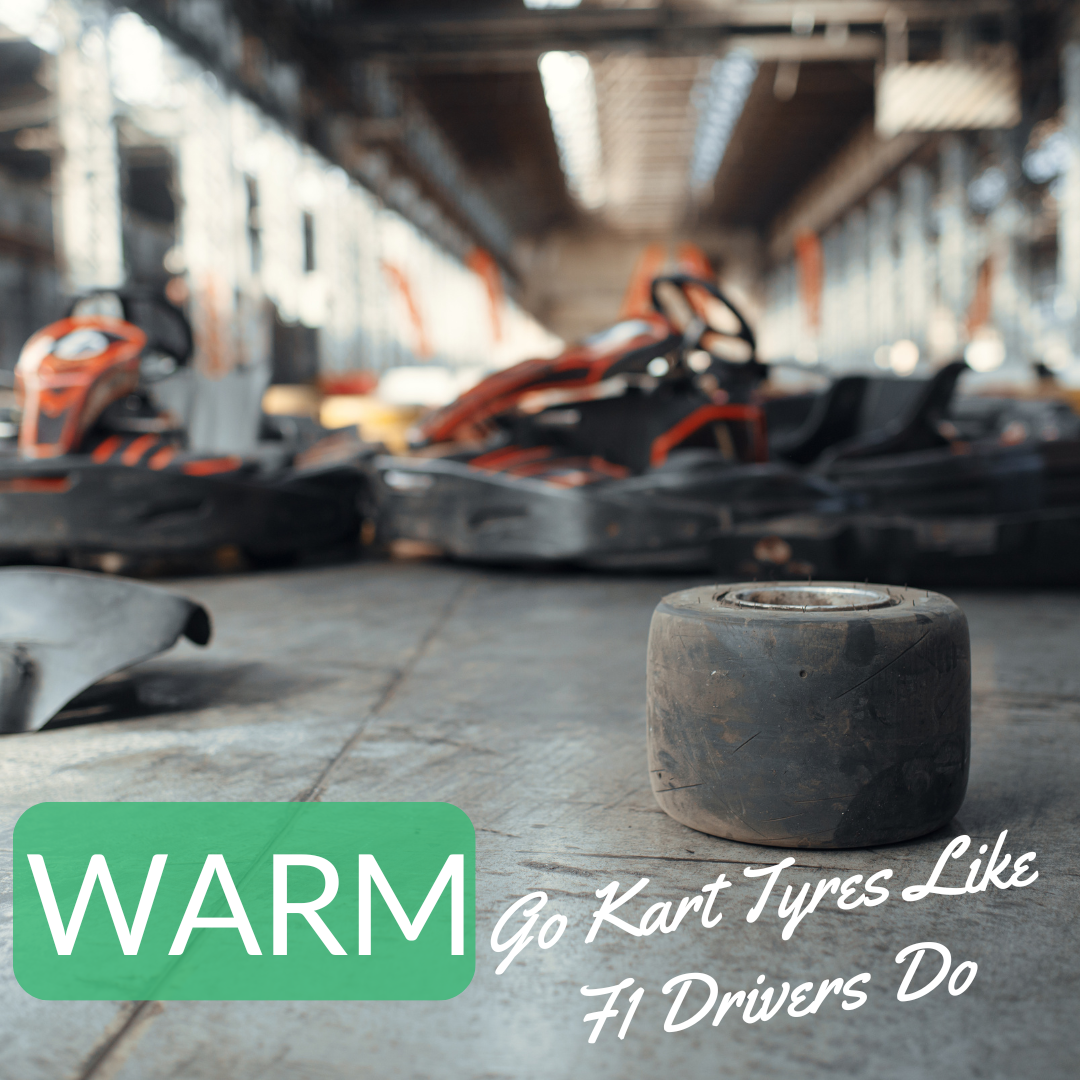
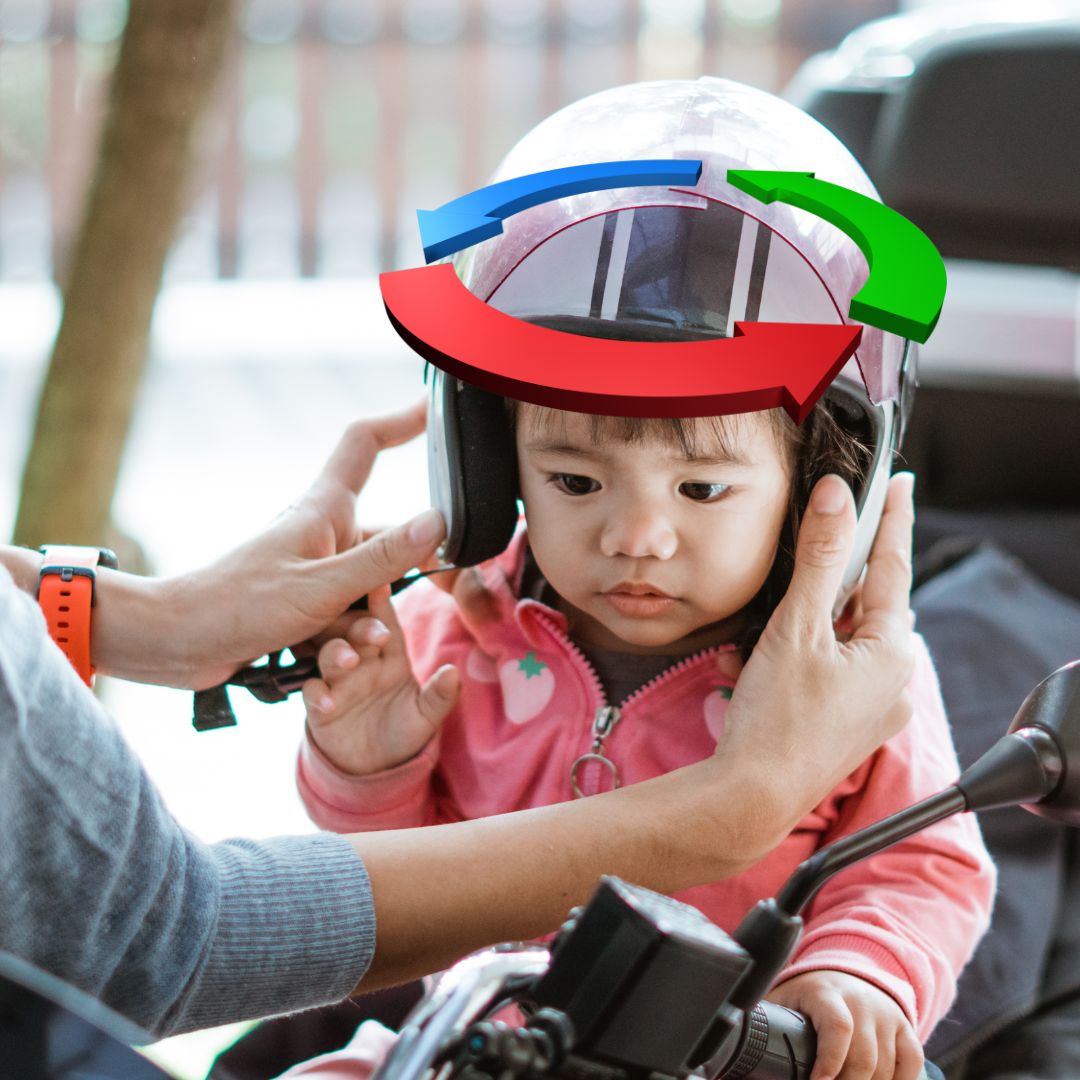

Share:
Is Go Karting Bad For Your Back?
Can You Go Kart With Glasses? | Your Journey Starts Here